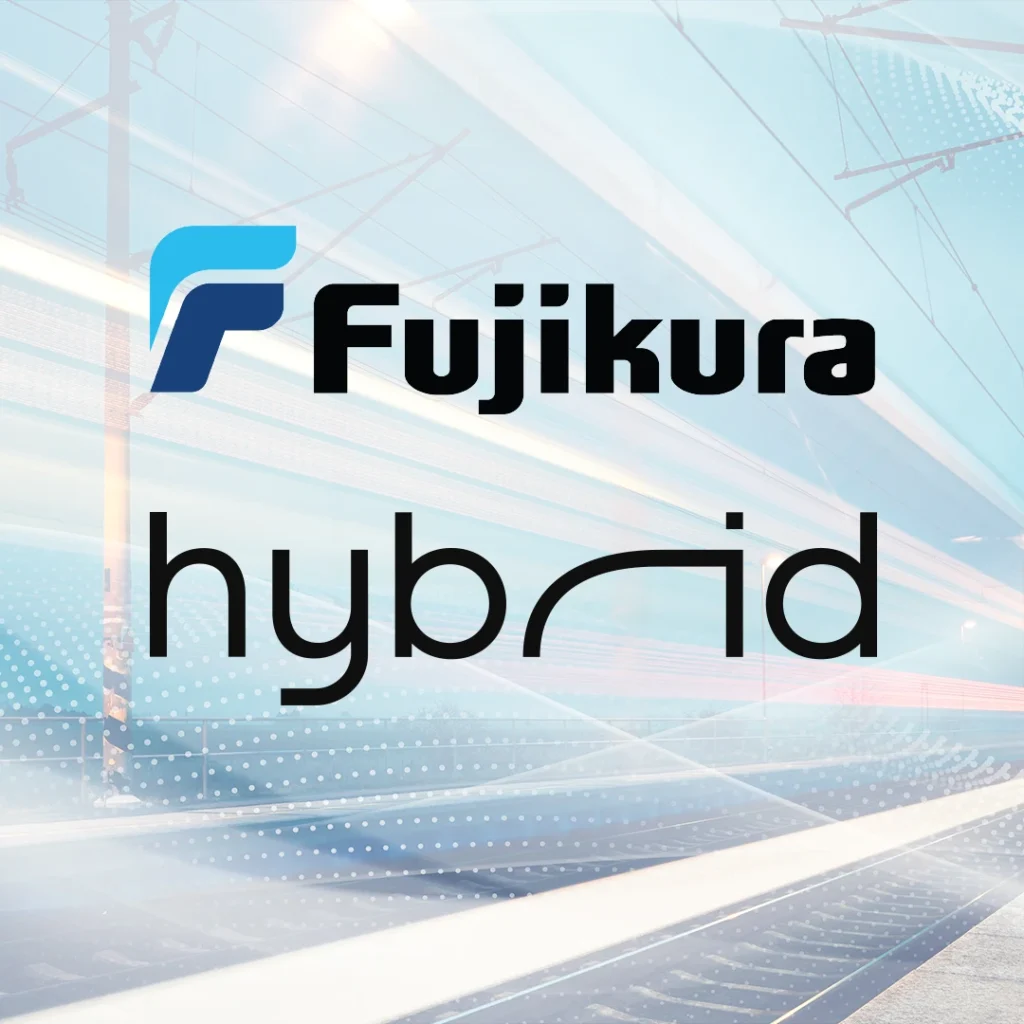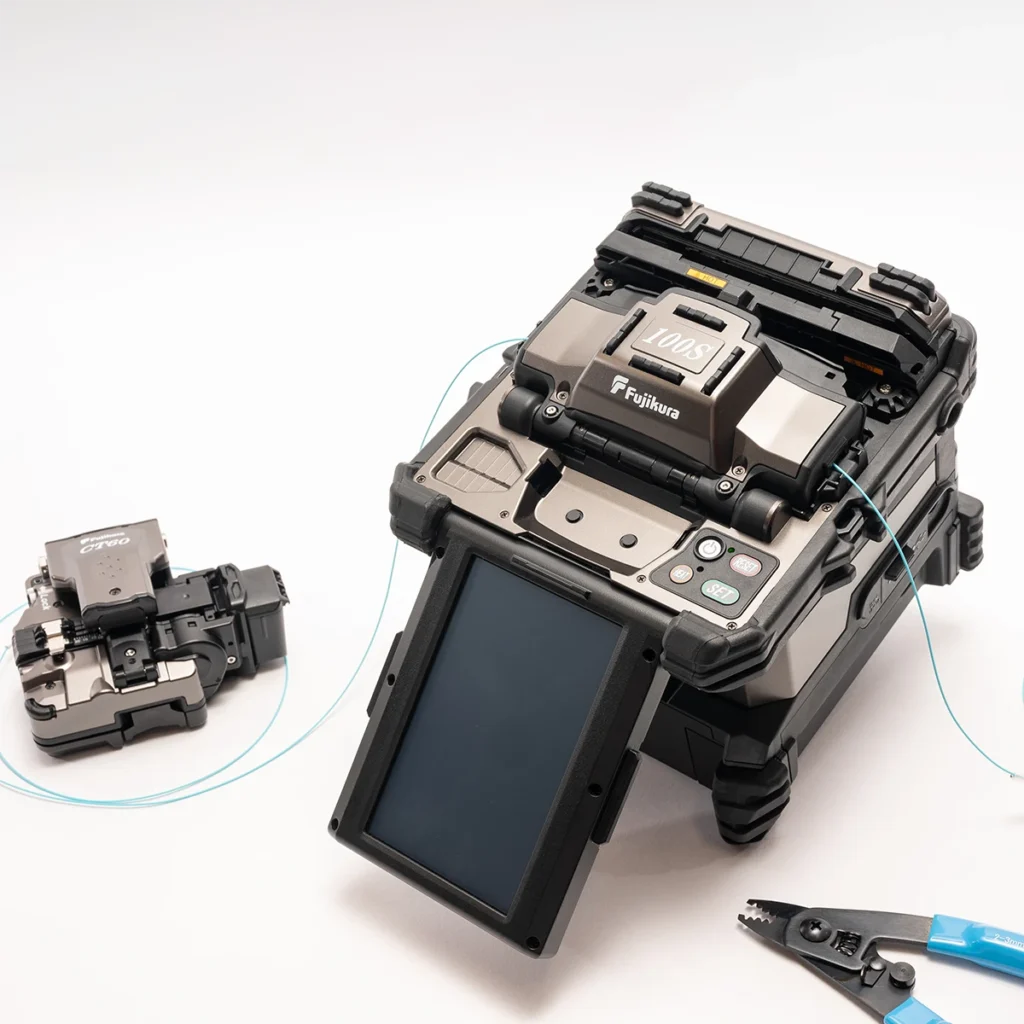
Fibre lasers offer high precision and high-performance for applications such as cutting, engraving, welding, texturing and drilling. A fibre laser uses a fibre optic cable to absorb the pump light from the pump laser diodes and converts it into a laser beam with a specific wavelength for the application requirement.
It is becoming increasingly more popular to use a laser for copper welding because of the flexibility afforded by the laser when it comes to scaling up of production and retaining high-quality finishing.
Key considerations when copper welding
Reflectivity
Copper is high reflectivity to infrared laser wavelengths, which makes it a challenge to weld. This high reflectivity significantly impedes efficient laser energy absorption, hindering the initiation and stabilisation of the melt pool during laser processing. To overcome this, the laser needs to have the capability to perform power stability to achieve the necessary power density to melt copper and allow for welding.
Thermal conductivity
Copper has high thermal conductivity – when heated, heat spreads rapidly through the copper, causing problems localising heat on the welding point. Extensive heat diffusion impairs the formation of a stable fusion zone, often leading to incomplete bonding, weak joints, and the formation of cracks.
Oxidation
Due to copper’s high reactivity with oxygen at elevated temperatures, oxidation is a major challenge in copper welding. When exposed to air during welding, copper rapidly forms oxide layers such as cuprous oxide and cupric oxide, which can contaminate the weld pool. These oxides are brittle and have poor electrical and mechanical properties, leading to defects like porosity, inclusions, and weak fusion between the base and filler metals. Additionally, oxidation can hinder the formation of a stable weld bead and increase the risk of cracking.
Low viscosity weld pool
When copper is melted, it forms a low-viscosity weld pool, meaning the molten metal is extremely fluid and spreads easily. This high fluidity makes it difficult to control the shape and location of the weld bead, especially in manual or less precise welding processes. Additionally, copper’s high thermal conductivity causes heat to dissipate quickly from the weld zone, making it hard to maintain the necessary temperature for stable melting and fusion. As a result, the weld pool can become unstable, leading to defects such as incomplete fusion, undercuts, and hot cracking.
Our fibre lasers – Tecnosens
With our collaboration with Tecnosen’s Fujikura European Engineering Centre (EEC), we understand the inherent challenges of welding copper. These characteristics listed above make copper a difficult material to process using conventional laser systems. However, our advanced fibre laser technology is engineered to overcome these obstacles through its power stability applications. Our fibre lasers deliver stable, high-quality welds even in the presence of intense back reflection, a common issue when working with reflective materials like copper.
Fujikura fibre lasers have addressed the reflectivity problem with a uniquely structured optical fibre that suppresses the adverse effects of back reflection, ensuring consistent laser performance. This reflection-resistant design is key reason Fujikura fibre lasers are used for precision copper processing. We have also developed a specialised welding method using our fibre lasers that significantly reduces intermetallic formation. This innovation enables reliable joining of materials like aluminium reinforcing plates—commonly used in flexible printed circuits (FPCs)—to copper, making it suitable for high-current applications where both electrical conductivity and mechanical integrity are critical.
With our ongoing research with Tecnosens, we will continue to explore wavelength optimisation and hybrid approaches to further enhance copper welding performance.


